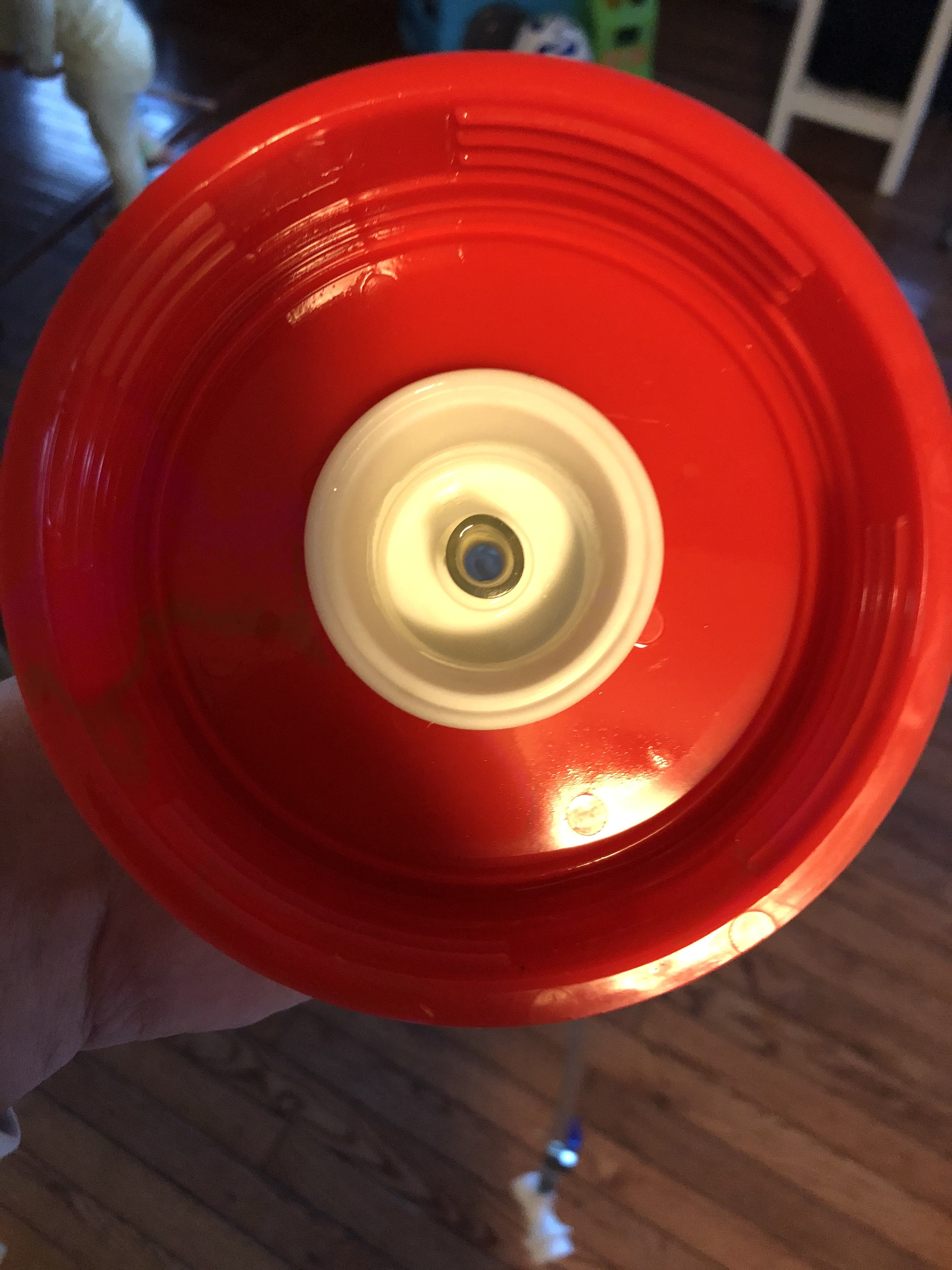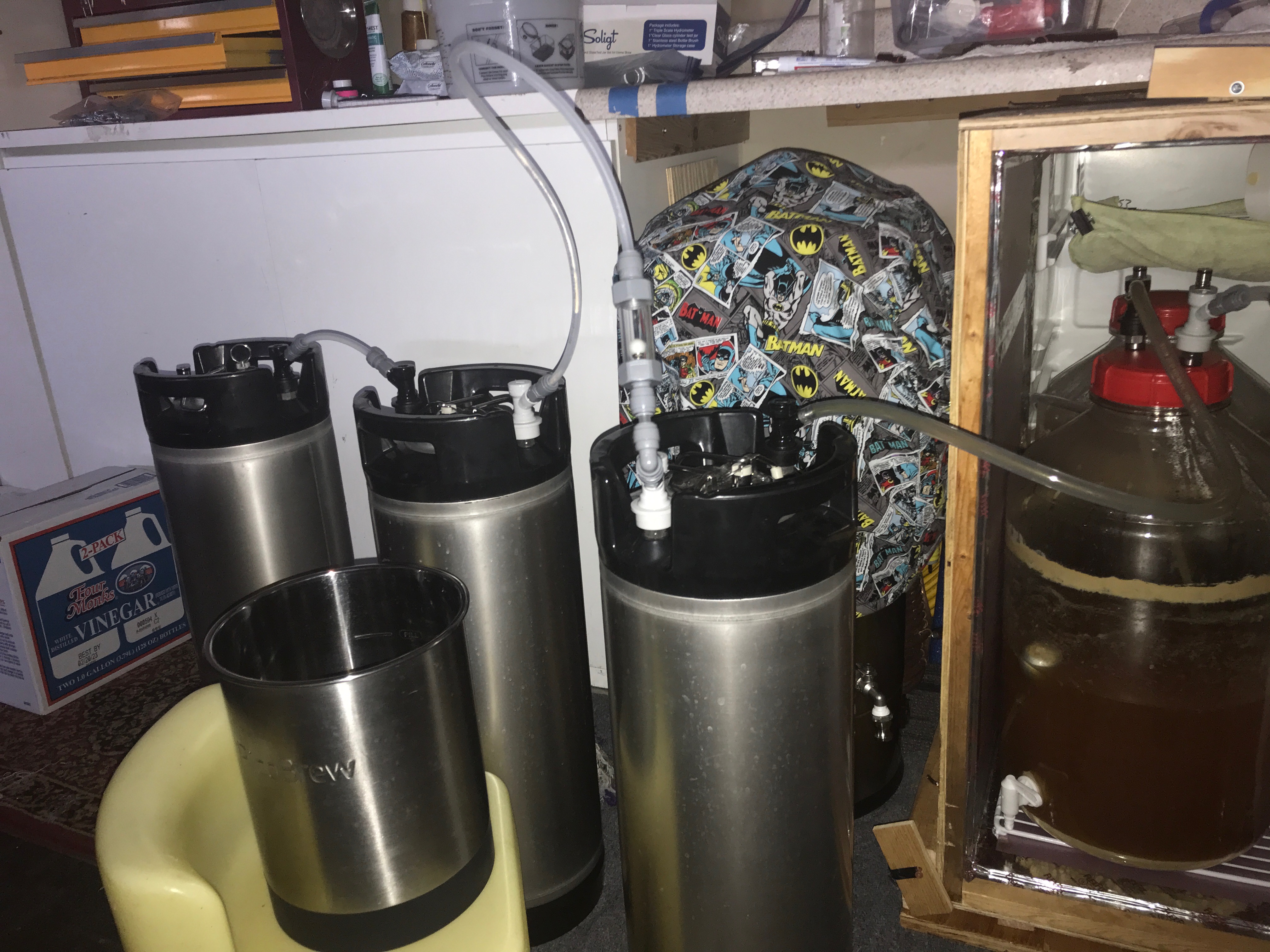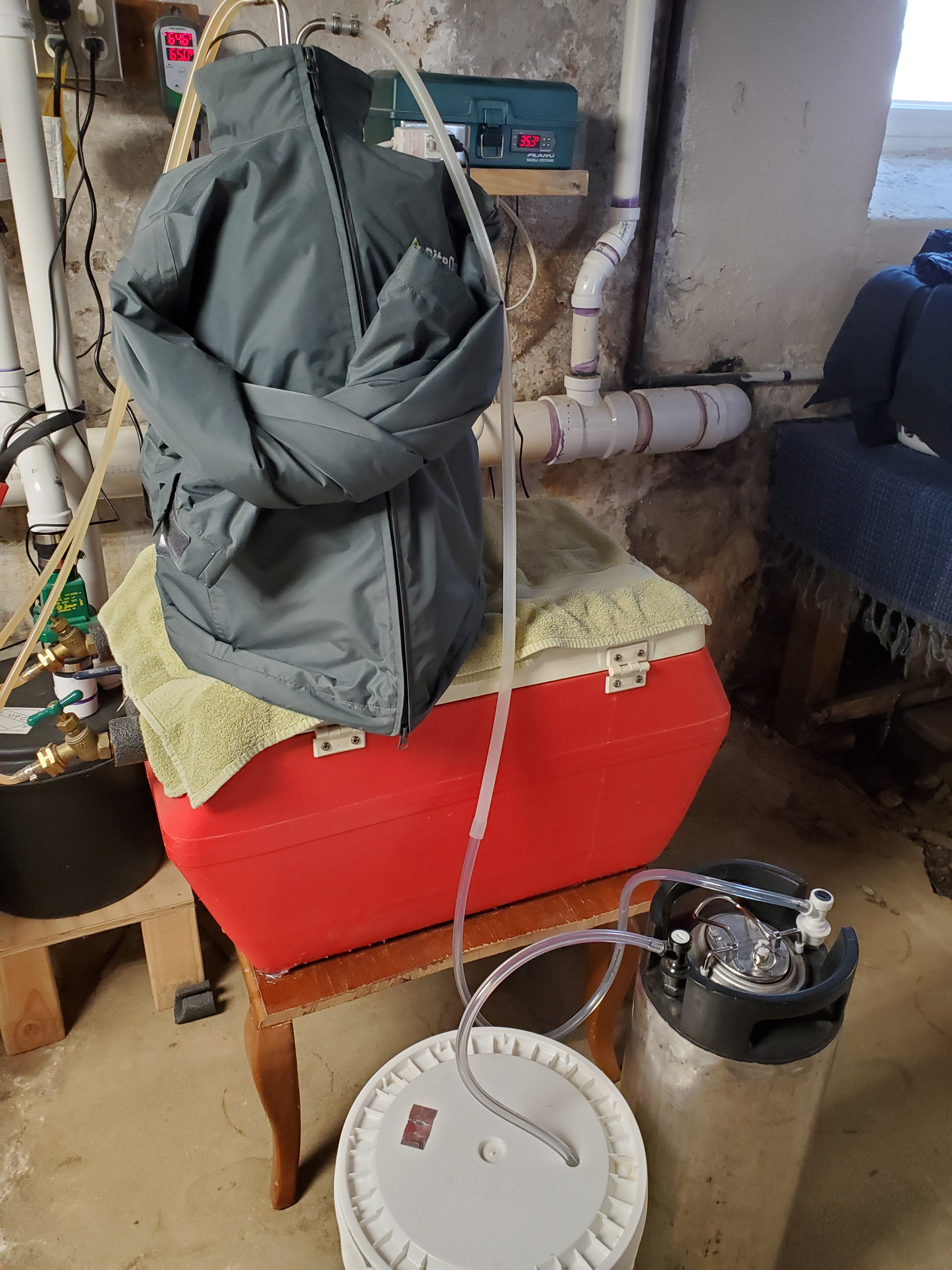Would it be possible to take hydro samples from the beer-post via the floating dip tube if you didn't have a spigot? Perhaps whack a party tap on it when I dispense a sample?
(BTW thanks for pointing me to the thread)
I did this last weekend before racking. With my FC being at floor level, utilizing the spigot to pull a sample was extremely cumbersome anyways. This hack makes it soooo much easier. Also allowed me to flush the line per se prior to racking. Hope you're not tired of hearing it @Dgallo Big Thanks!
Was wondering if anybody has utilized this setup to 'push' O2 into their wort via the dip tube? I'm starting to consider doing a RIS and this seems to be a requirement/highly recommended step during fermentation.
















![Craft A Brew - Safale S-04 Dry Yeast - Fermentis - English Ale Dry Yeast - For English and American Ales and Hard Apple Ciders - Ingredients for Home Brewing - Beer Making Supplies - [1 Pack]](https://m.media-amazon.com/images/I/41fVGNh6JfL._SL500_.jpg)

















































